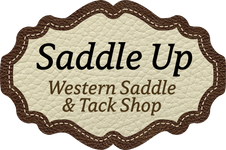Ports, Shanks, and Curb Pressure
Posted by Saddle Up on Jul 22nd 2015
Most English bits have up to a 1 1/2" port, wheres Western will have 3 to even 4 inch ports that touch the palette. Ported bits that touch the palette must be used correctly so as not to hurt the horse. They are used to ask the horse to break at the poll. When the horse does this, the pressure comes off the palette. English disciplines, because they maintain bit contact almost constantly, don't need high ported bits otherwise there would always be pressure on the palette.
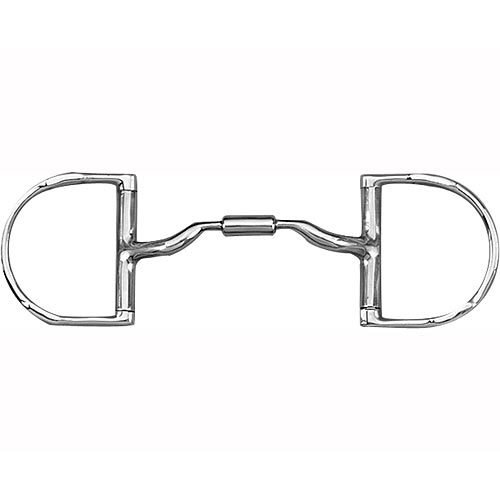
(English port bit. Photo taken from doversaddlery.com)
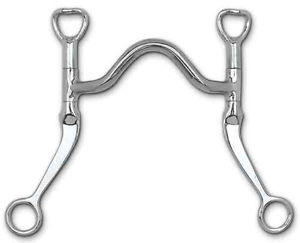
(Western port bit. Photo taken from ebay.com)
Shanks are for the riders, not the horse. If the rider has slow and soft hands, you'd be better off using a longer shank as you'd be able to cue quickly and subtly without injuring the horse due to leverage of a long shank. If the rider has quick and stout hands, they'd be better off with a shorter shank so there is no danger of using too much leverage and pressure when there is no need. Fit the shank to the rider, because the hands and the shank are what activate the mouthpiece.
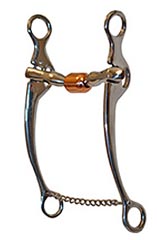
(Long shank. Photo taken from kotrading.com)
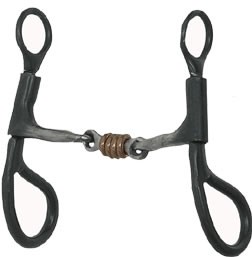
(Short shank. Photo taken from teskeys.com)
The general rule of thumb for fitting a curb is two fingers. However, since we all have different size hands this "rule" will vary. It should be about comfort for the horse, what you need the curb action to do, how quickly you need it to respond, where it should help place the bit, etc... Start with the general rule of thumb and then watch and listen to your horse as you work. The horse will tell you whether or not it needs to be tightened or loosened.
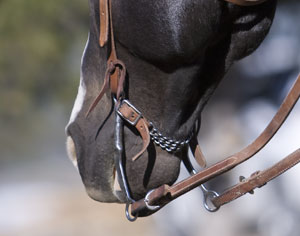
(photo taken from trailridermag.com)
"Never let his fire die out, but kindle it with words. Let him know that you are honored to be carried along on his strong shoulders and swift feet" -- Carl Raswan
~ Saddle Up
